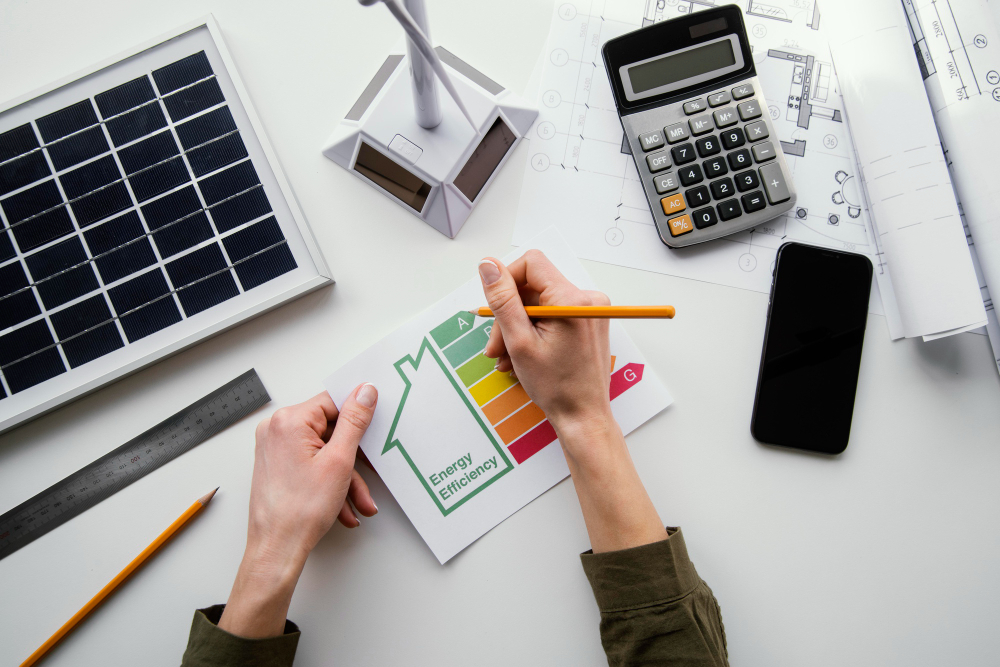How a Business Can Perform an Energy Audit

As a business owner, it's important to be mindful of the environment and the impact your business has on it. One way to reduce your business's carbon footprint is to perform an energy audit. An energy audit is a process of analyzing the energy consumption of a business and identifying opportunities for improvement. By performing an energy audit, you can save money on your energy bills, decrease your carbon emissions, and improve the comfort of your building. In this blog post, we'll discuss how to perform an energy audit for your business.
1. Analyze Your Energy Consumption
The first step in performing an energy audit is to analyze your energy consumption. This involves looking at your past energy bills and analyzing your energy use patterns. You should also consider what activities in your business consume the most energy. By understanding your business's energy consumption, you can identify areas for improvement and prioritize your efforts.
2. Conduct a Walkthrough Audit
A walkthrough energy audit involves physically inspecting your building and its systems to identify areas for improvement. During a walkthrough audit, you should look at the building envelope, lighting systems, HVAC systems, and appliances. Look for areas of air leakage, outdated and inefficient equipment, and lighting fixtures that can be replaced with more energy-efficient options.
3. Hire an Energy Auditor
While a self-conducted walkthrough energy audit is a great starting point, hiring a professional energy auditor can provide more in-depth analysis and recommendations. An energy auditor will use specialized equipment to test your building's air infiltration levels, insulation, heating and cooling performance, and lighting efficiency. They will then provide you with a detailed report outlining areas for improvement and estimated savings.
4. Implement Recommendations
Once you have identified areas for improvement, it's time to implement the recommended changes. This may include upgrading your lighting systems, installing new insulation, upgrading your HVAC system, or making other improvements. Some changes may require upfront costs, but the long-term savings in energy bills will make it worth it in the end.
5. Monitor and Evaluate
Finally, it's important to monitor and evaluate your energy use after making the recommended changes. This will allow you to track your progress and ensure that the changes are making a positive impact on your energy consumption and costs. You may also want to consider conducting regular follow-up energy audits to identify additional opportunities for improvement.
Conclusion
Performing an energy audit is a great way for businesses to reduce their energy consumption, save money, and be more environmentally responsible. By analyzing your energy consumption, conducting a walkthrough audit, hiring an energy auditor, implementing recommendations, and monitoring your progress, you can identify areas for improvement and make positive changes for your business and the environment. If you're looking for electricians in Winter Park, FL, contact Spectrum Electric Inc today to schedule an appointment.
